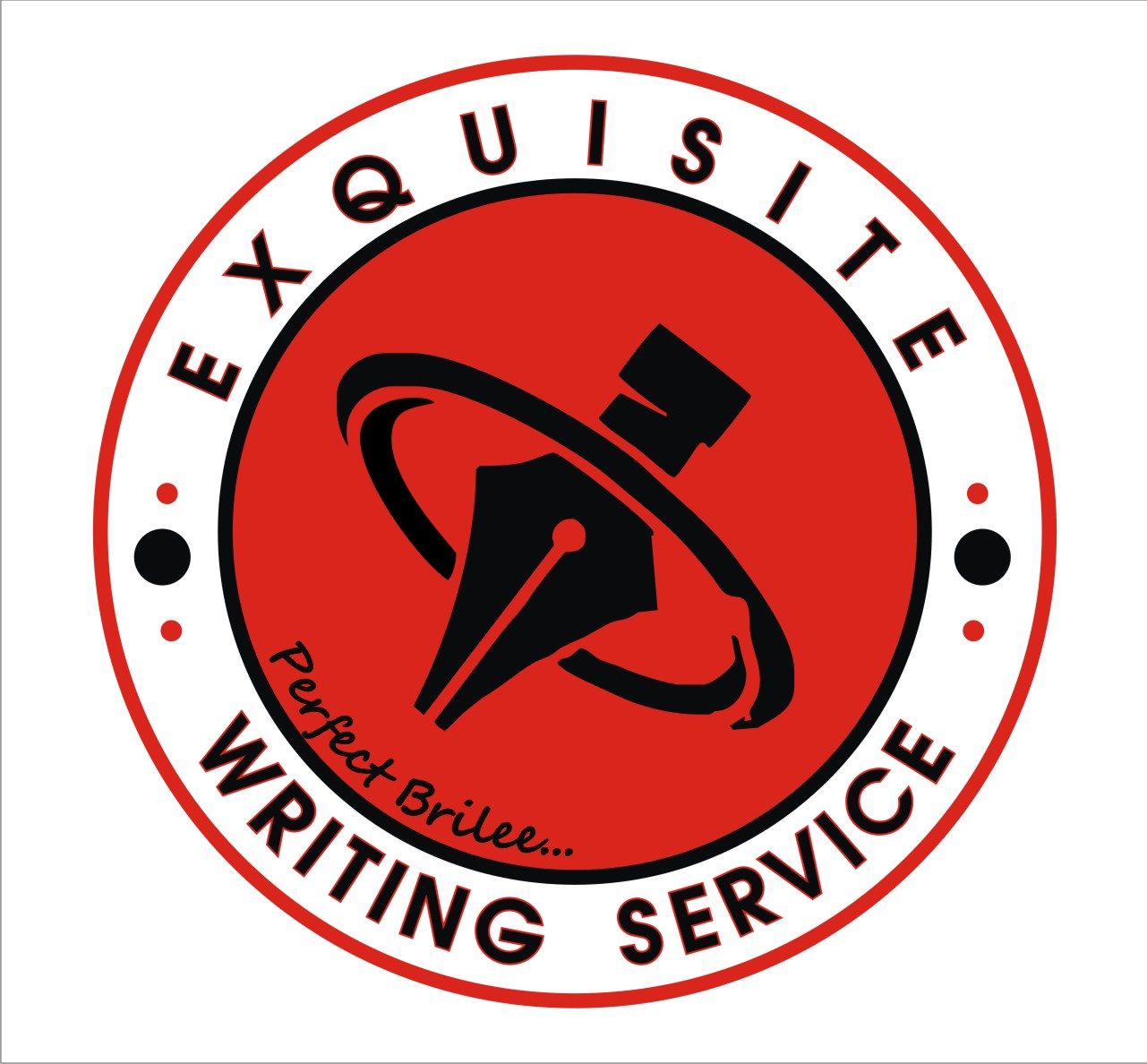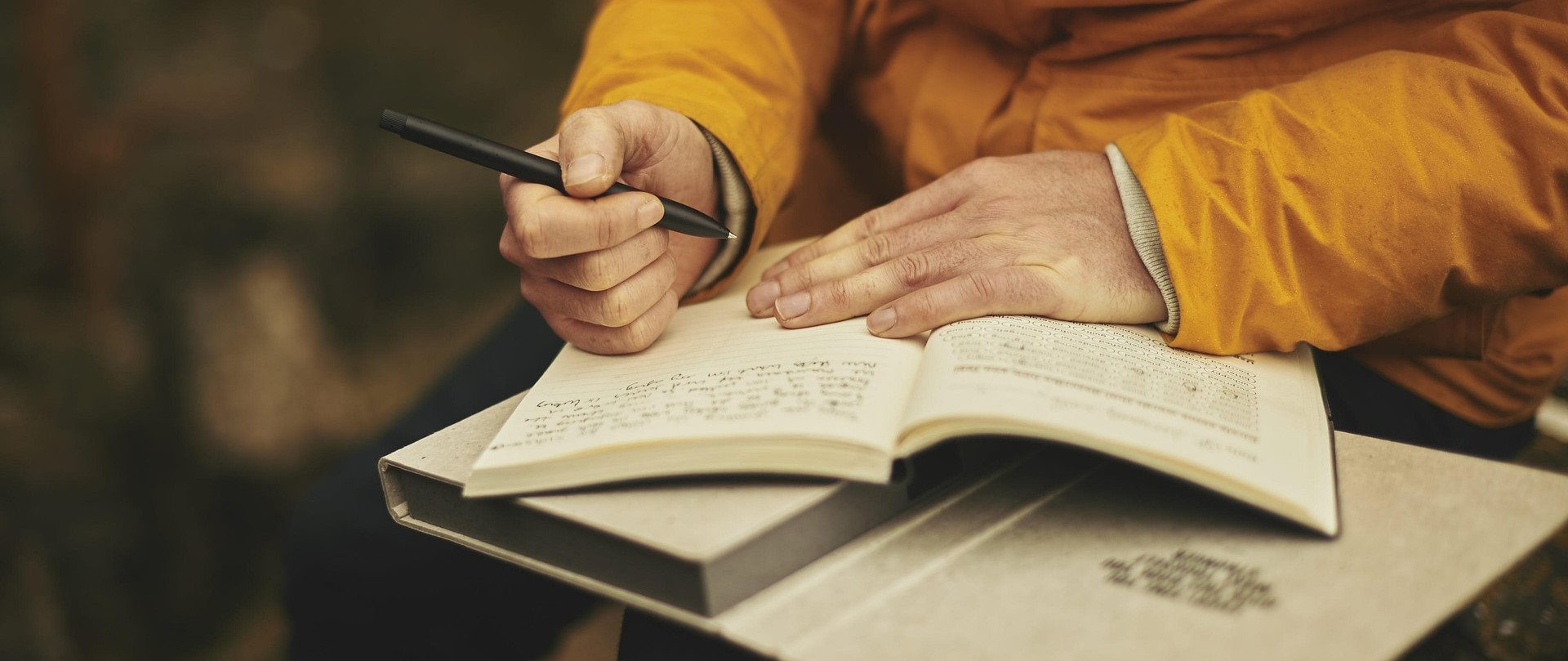Writers staring at a blank page isn’t new! If you’ve been there, we’ve been there, too.
Writer’s block—an uninvited guest—might refuse to leave sometimes.
But trust me, freewriting is a simple, and nearly magical technique that can send this guest packing.
So, in this article, let’s talk about the art of freewriting in detail.
What Is Freewriting?
Freewriting is the practice of writing continuously for some time—without editing, stopping, or worrying about spelling and grammar.
In this form, you write whatever comes to mind, even if it’s weird, messy, or doesn’t “make sense” yet.
It’s like mental warm-up stretches for your creativity.
The ultimate goal is not to produce polished work. Instead, it unlocks your brain and spills ideas onto the page.
The Day My Freewriting Took a Turn
A few months ago, I sat down and wanted to freewrite for fifteen minutes. My goal was simple—come up with ideas for a quick story. I wanted to explore fiction writing.
I began by writing about the coffee mug standing in front of me.
Then, without realizing it, the mug became a talking detective that I named “Mugbit.”
Mugbit was investigating the mysterious disappearance of my breakfast.
Mugbit accused the fridge of withholding evidence, interrogated the spoon, and eventually arrested the toaster for “first-degree bread neglect.”
When the timer I set dinged, I stared at the page and couldn’t help but laugh out loud.
It was utterly ridiculous… but reminded me of one truth: the motive of Freewriting.
When freewriting, you would never know where your mind will go till you let it wander without fear.
That silly little exercise would not just loosen me up.
It provided me with the seed for a humorous short story that I can always refer to as a starting point for my fiction writing.
Why Freewriting Works
When we sit to write, we have an invisible passenger in the room: the inner critic.
This voice corrects every typo before we are even finished with the thought, nitpicks every sentence, and constantly whispers, “That’s not good enough.”
The problem is, self-criticism and creativity can’t operate at full speed simultaneously.
One is a spark, the other is a fire extinguisher.
Thus, freewriting works because it offers the spark room to ignite before the extinguisher gets its way.
When you commit to writing without editing or judgment in the moment:
- You will bypass perfectionism and just start.
Instead of staring at a blinking cursor and waiting for the “perfect” first sentence, you will have words on the page.
You will stop thinking about whether they’re profound or polished—you just move forward.
This momentum is usually all it takes to break that burden of writer’s block.
- You will dig past surface thoughts and immerse yourself in deeper and more original ideas.
When you start, your writing might be filled with everyday clutter: “I’m tired. I need a break. What’s for lunch?”
But as you keep going, you will naturally slip into more exciting territory—memories you would have forgotten, ideas that surprise you, and connections you hadn’t made.
- You discover unexpected insights and connections.
Freewriting allows your subconscious to do the heavy lifting.
Without the pressure to “make sense,” your brain would start to link ideas in creative ways.
A line about your messy desk could lead to a metaphor for personal growth.
A random childhood memory could inspire a plot twist for your story.
The fact is, even if you start by writing “I don’t know what to write” ten times in a row, something will definitely shift.
Your mind will loosen its grip on self-consciousness, and ideas will start to flow—often authentic and richer than anything you’d produce if you are overthinking.
Freewriting isn’t just about producing a masterpiece in a sitting; it’s about clearing the mental dam to enable creative river run freely.
Let’s now get to the real deal: How you can freewrite!
The Art of Freewriting As a Writer
Freewriting is simple in theory, but putting it into practice can appear strange at first.
The key is to establish a routine with clear steps and give your mind permission to wander.
So, here’s how to do it:
#1. Step 1: Set a Timer
Choose a time limit that feels manageable. Start with 5–15 minutes.
This prevents you from feeling pressured to write for “as long as it takes” and offers your brain a focused window to play.
You can use your phone’s stopwatch, a kitchen timer, or an online countdown clock.
Knowing the clock is ticking creates just enough urgency to silence your inner critic and keep your fingers moving.
#2. Step 2: Pick a Starting Point
Some people like to start with a prompt, such as “Describe your ideal Saturday” or “Write about the last time you felt proud of yourself.”
Others choose a single word like freedom, storm, or light and let their mind follow wherever that word leads.
You can also simply start with the events of your day: the weather outside, what you ate for breakfast, or the sound in the room.
The point isn’t to be clever—it’s to start.
Read: Dear Writer: 4 Weekend Reads to Reignite Your Fire
#3. Step 3: Write Without Stopping
Once the timer starts, commit to moving your pen or typing without pause.
Don’t delete anything. Don’t fix typos. Don’t start searching for the “right” word.
If you feel stuck, literally write “I don’t know what to write” until something else pops out.
You are training your brain to stay in motion, because movement is where creativity starts to flow.
#4. Step 4: Keep Going Past the Awkward Stage
The first few minutes will almost always feel clunky.
You might be self-conscious, repetitive, or just bored. Push through.
Often, around minute three or four, your writing shifts—your tone relaxes, your thoughts deepen, and connections start forming naturally.
Think of it like running: the first stretch feels heavy, but once you hit your stride, your pace becomes easier and more enjoyable.
#5. Step 5: Review Later
When the timer goes off, stop.
Resist the temptation to edit instantly. Instead, walk away, get a drink, or do something unrelated.
When you come back, read through your writing with a highlighter in hand.
Mark any ideas, phrases, or images that jump out at you.
These nuggets are often the seeds for articles, poems, essays, or stories you didn’t even know you had in you.
If you treat freewriting as a no-pressure creativity exercise rather than a performance, you will begin to find that the more you do it, the easier ideas flow both during your sessions and in your everyday writing life.
Tips to Make Freewriting Even More Powerful
Freewriting works best when you tailor it to your style and keep it feeling fresh.
Here are some ways to supercharge the benefits:
- Use paper sometimes: Of course, typing is faster. Nonetheless, writing by hand forces you to slow down just enough for ideas to settle in.
The physical act of moving a pen across the page can spark a more intimate connection to your thoughts.
In addition, there’s something satisfying about seeing your messy scrawl fill up a notebook. This is a visual reminder of your progress.
- Try music or silence: Your environment can make or break your focus.
Some writers thrive with jazz, soft instrumental music, or nature sounds in the background, letting the rhythm carry their words.
Others find they need complete silence to fully immerse themselves in the flow.
Experiment with both to see which creates the best mental space for you.
- Mix it up: Creativity feeds on variety. Change your writing prompts to explore new territory—go from describing your morning coffee to imagining life 50 years in the future.
Shift locations: Write at a café, in your living room, or under a tree in the park.
Even changing the time of day can spark new ideas and shift your mood.
- Make it a habit: Like any skill, freewriting becomes stronger the more you do it.
Even 10 minutes a day can help train your brain to bypass hesitation and dive straight into idea generation.
Over time, you’ll notice you can start writing faster, think more clearly, and spend less energy wrestling with writer’s block.
- Revisit your old freewrites: Weeks or months later, go back and reread your past sessions.
You’ll be stunned at how often you find forgotten gems—concepts, phrases, or story seeds—that you can polish into finished pieces.
Freewriting is not just a warm-up; it’s a personal treasure chest of ideas.
Final Thoughts
Freewriting is like opening a window in a stuffy room. You let fresh air in, and suddenly your mind feels lighter.
Whether you’re a blogger, novelist, or just someone who wants to capture their thoughts more freely, this practice can help you write with less fear and more flow.
The next time you feel stuck, grab a pen or open a blank document, set a timer, and just let your thoughts pour out.
You might be surprised at what’s hiding beneath the surface.
New to writing? The Exquisite Writer is a worthy team to guide you in your writing journey. Contact us today!


1 thought on “The Art of Freewriting: Let Ideas Flow Without Fear”